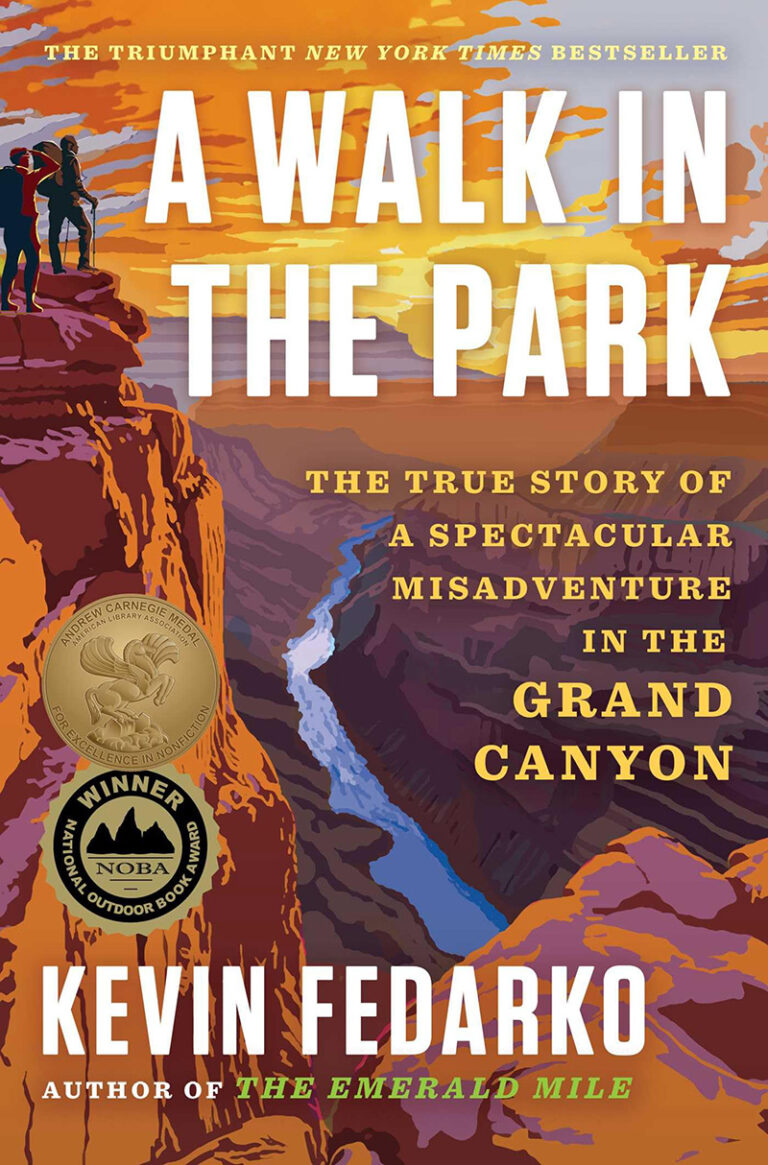We finished the float on the Grande Ronde River in Southeast Washington, and it was a day to remember. Steelhead, the ocean run variety of rainbow trout, had graced us with their presence from the first run we hit at dawn to the last holding water of the day. The savage take of a wild buck will forever be etched into my mind. Three times it missed my skated dry fly in the flat light of the canyon, and my heart was in my throat. I changed flies two times and finally the steelhead calmly ripped my offering down, and the fight was on. As I sat in the fading light sharing the last beers of the day with my father, it hit me like a truck. You can’t just take.
Steelhead can be considered the holy grail of cold-water fisheries. We devotees will think nothing of fishing for 16 hours a day, throwing down a sleeping bag in the dirt and doing it all over again the next day. From 100-degree days in mid-August to the blowing winds of the Snake River canyons in the winter, when the wind and snow can make you question your sanity, it is all part of the equation.
Physiologically, steelhead don’t need to eat when they return to fresh water, but they do. They mess with your mind, plucking at a fly as it crosses the current like they are tugging at your sleeve; then, other times, they might almost tear the rod out of your hand on the initial grab and then mysteriously drop the fly mid run. Steelhead are just fish, but when it all comes together, and you’re connected to something so alive, so vibrant, your world shrinks to that river: the gravel you’re standing on and the chess match you and the fish are engaged in.
Can you tell I am a steelhead junkie? Maybe it was the birth of my first son. Maybe it was a solid influence of the group of guys and gals that I began to fish with more and more. Or maybe I was falling so far down the rabbit hole of steelhead fishing that I couldn’t think of the very real possibility that one day they could stop returning to their birth rivers.
We owe a lot of the reduced fishing runs in the Northwest to the 4 H’s: Habitat loss and degradation, harvest, hatcheries and hydropower. Our home waters of the Columbia and Snake River basins had annual returns of 16-32 million salmon and steelhead annually, and now a great year hovers in the 2-4 million range. The great years of return we have experienced in the last 10 years are in essence the scraps of yesteryear’s grandeur.
Still, there’s a great deal of hope on the horizon. Dams that have outlived their life expectancy are coming down on rivers like the Elwha and White Salmon. Court-mandated springtime spill is letting the rivers of the Northwest behave as rivers, helping juvenile salmon and steelhead reach the ocean earlier. Sockeye Salmon in the Columbia system, once down to approximately 2,500 fish, are rebounding to runs cresting over half a million fish annually without hatchery influence, thanks to multi-agency collaborative efforts. There are great stories of rebirth and rebounding fish populations across the board. That’s the good news.
So back on that tailgate on the banks of the Grande Ronde and those feelings that led me into conservation work. It was time to become an asset in the recovery, and after my research, I began my association with the Wild Steelhead Coalition, a group founded in 2000 with the goal of aiding wild steelhead recovery across their historical range. Getting into the conservation community, it became very apparent that all of the groups that I have been introduced to are in big-time need for more volunteers.
My call to action to you is this. If you’re a person who loves wild rivers and wild fish, find a group that would be more than happy to have your help. Most are volunteer run, and the paid staffers, if any, have more on their plates than they know what to do with. Volunteers are the lifeblood: the boots on the ground, the event planners and the fundraisers who allow for the collective groups to fight for the initiatives that can provide the biggest impact.
Anyone who has tussled with a steelhead, especially a stream-born wild one, knows how special they really are. It’s time you became part of the solution; start giving back and it will draw you closer to the outdoors, the fish and the community that fights on their behalf.
Here are some groups to look into and consider supporting and joining: The Wild Steelhead Coalition, Trout Unlimited and Wild Steelheaders United, The Native Fish Society, Save Our Wild Salmon and the Theodore Roosevelt Conservation Partnership. // (Josh Mills)













